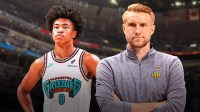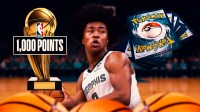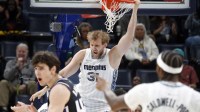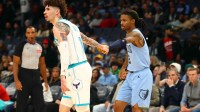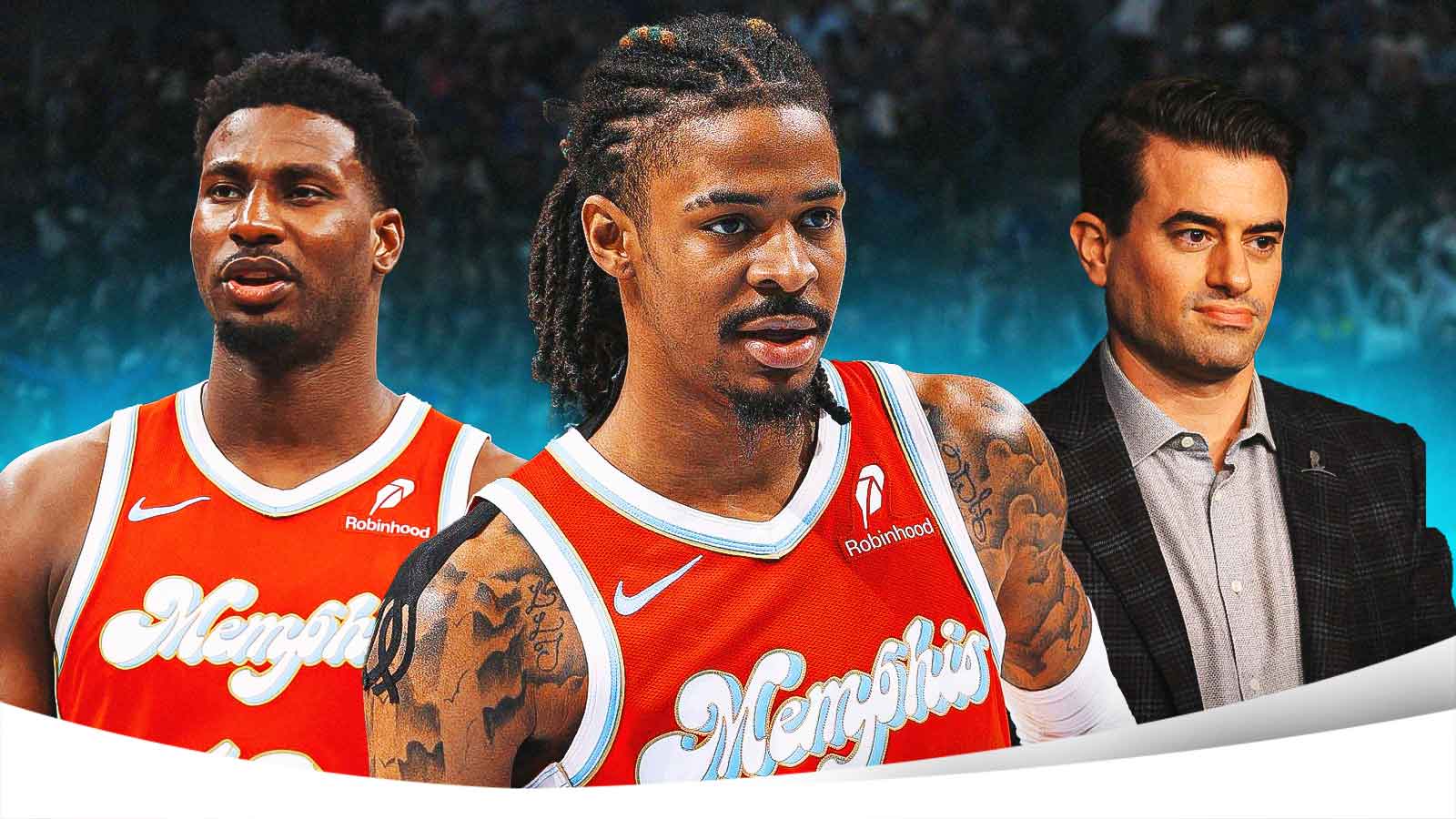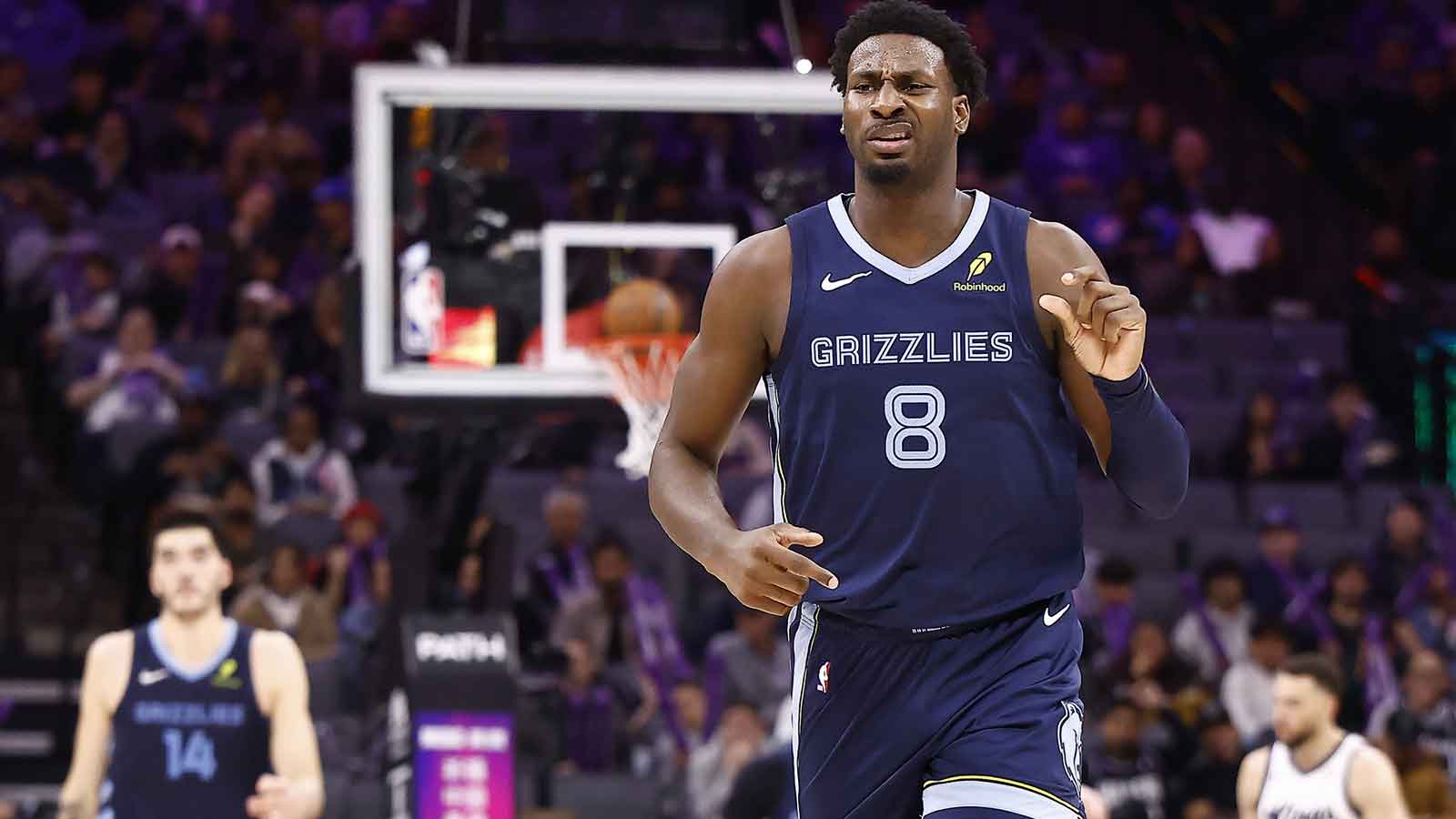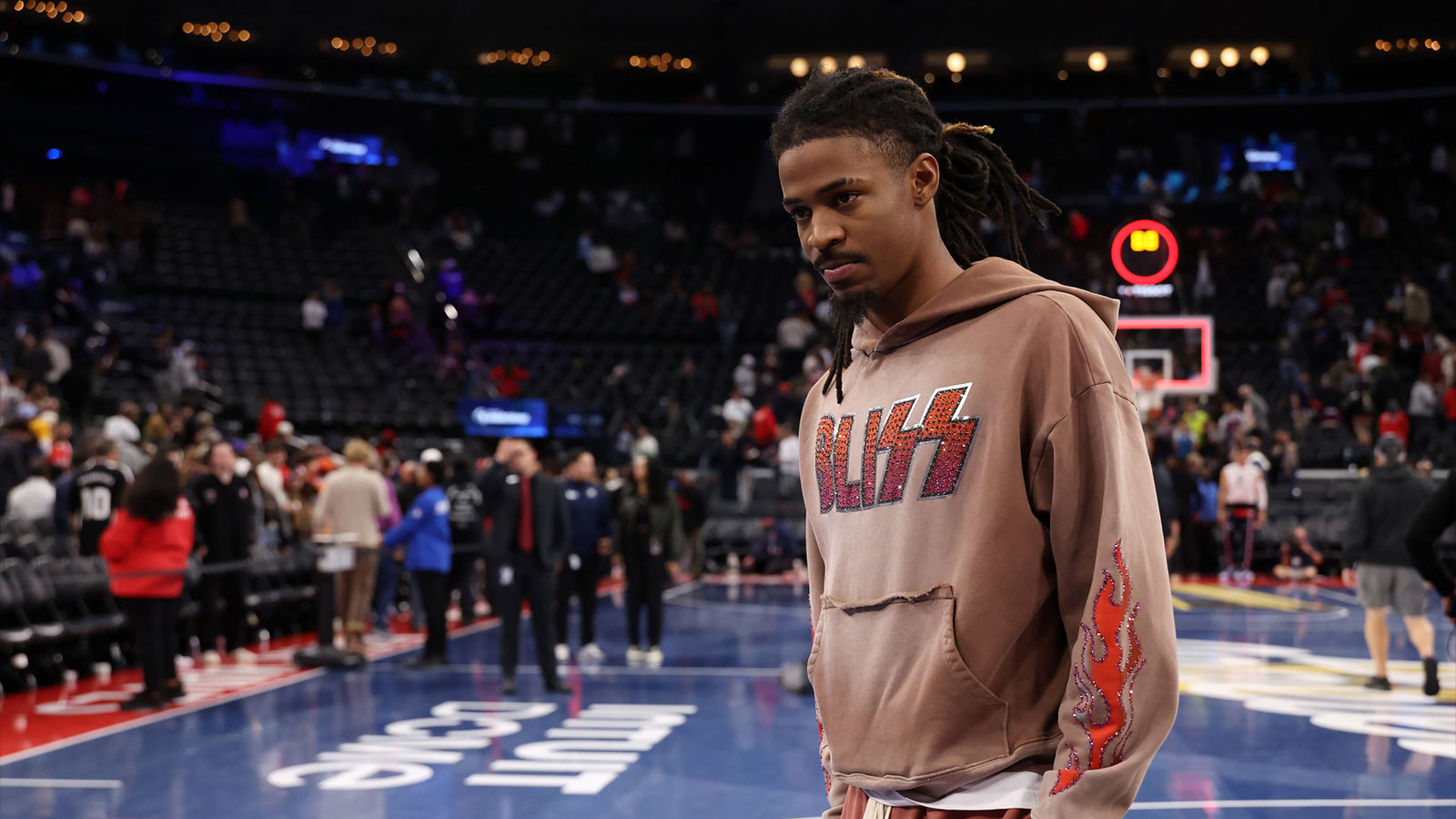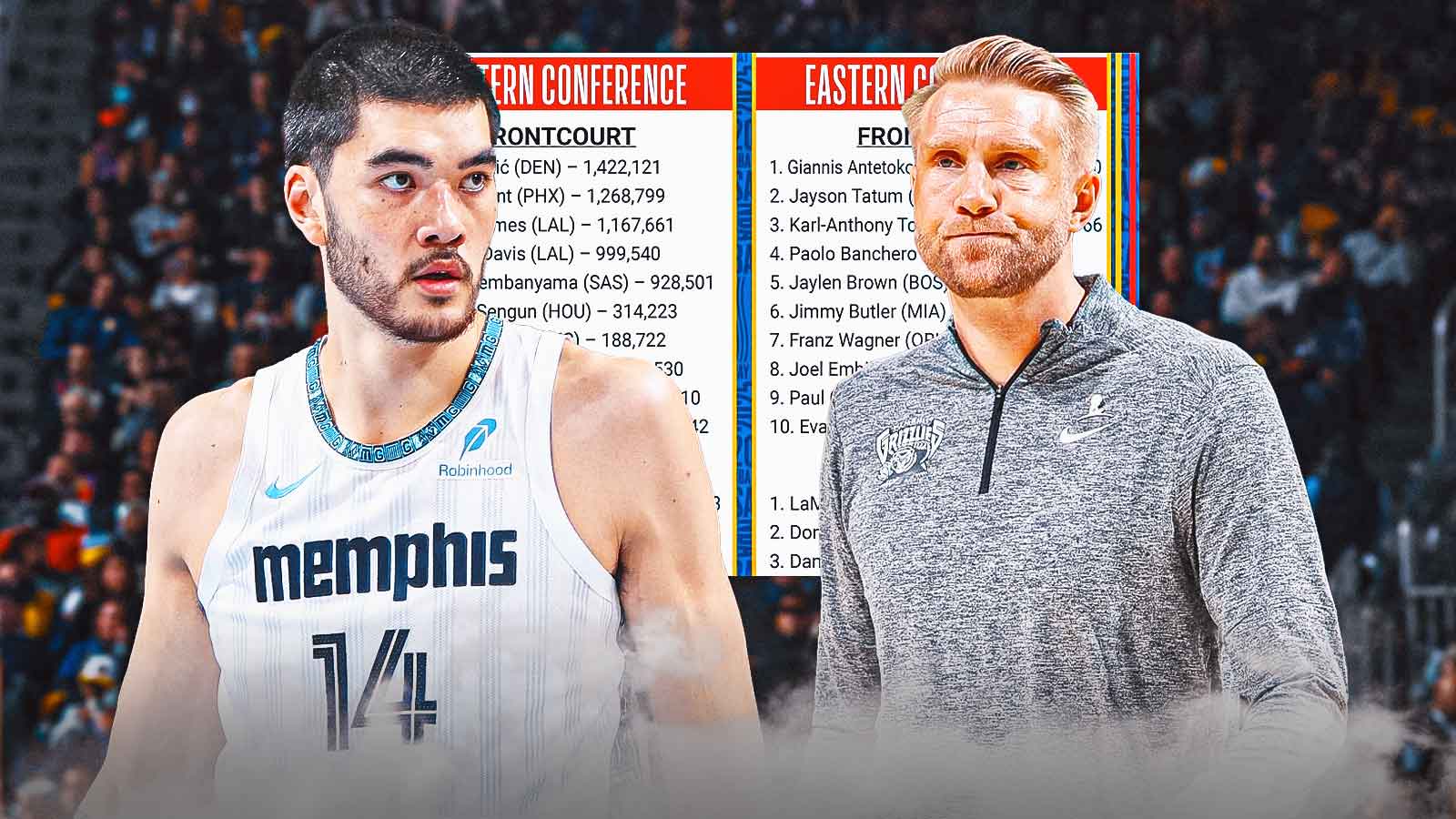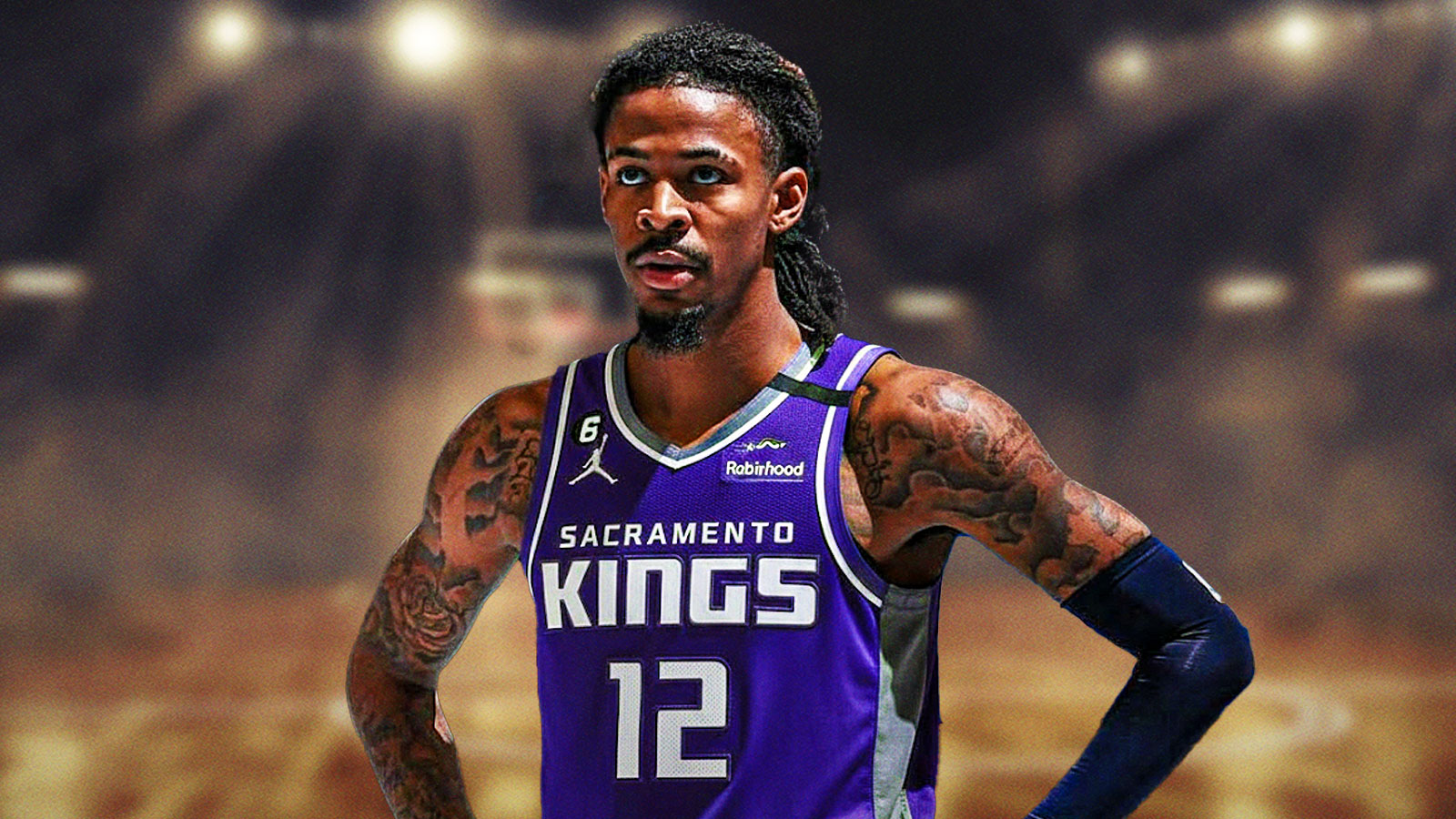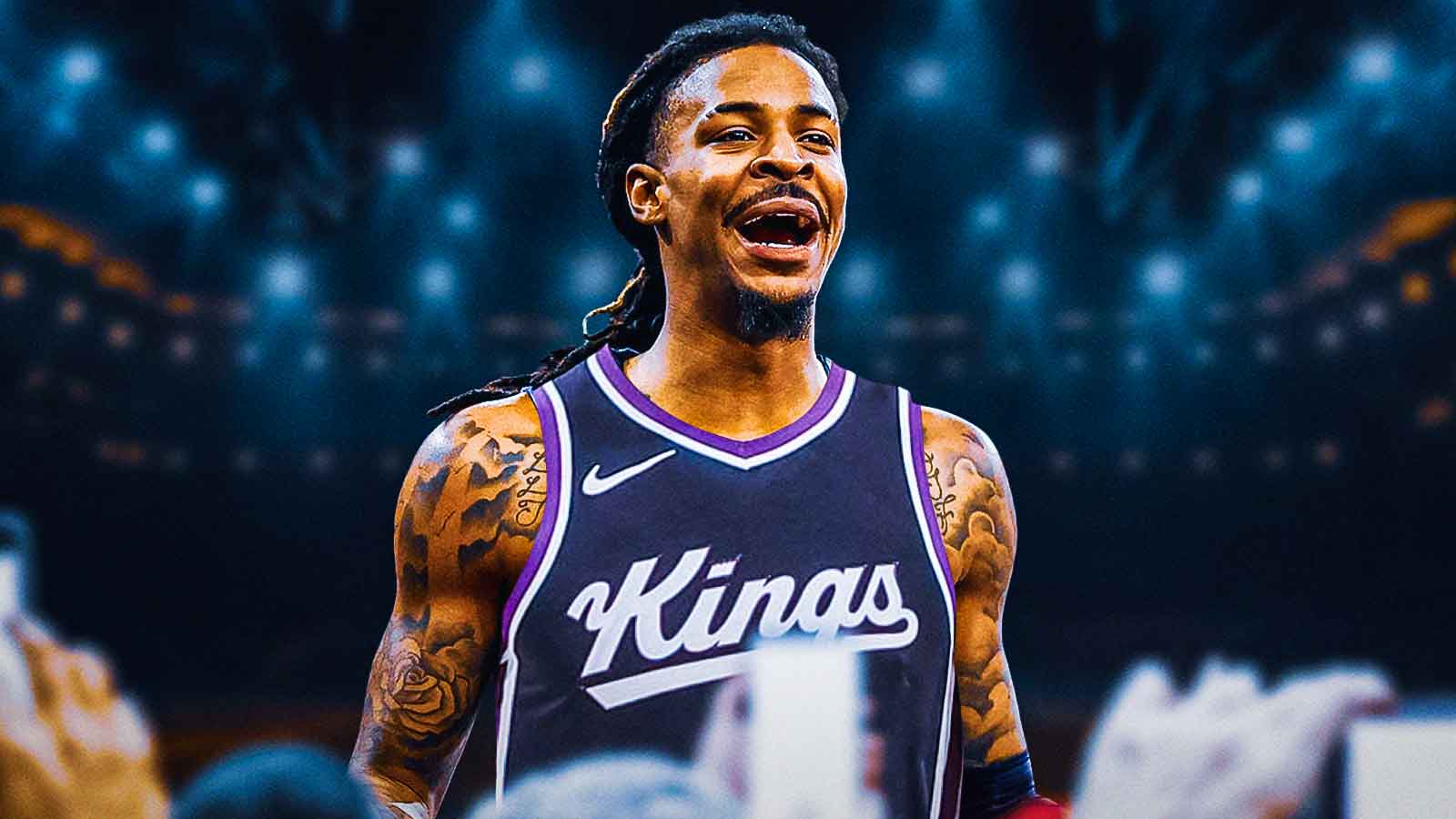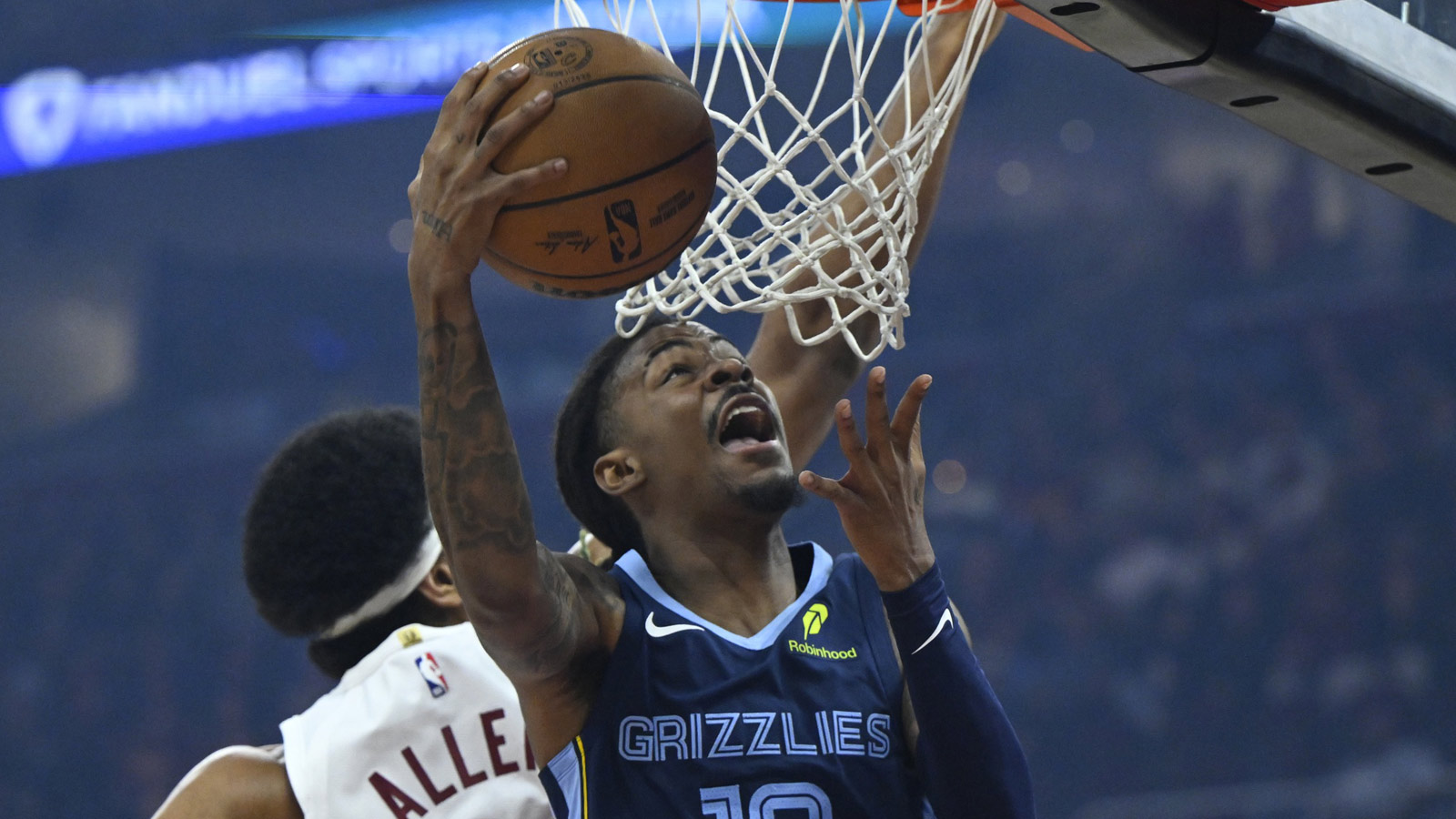The Memphis Grizzlies were riding high last season, flirting with a top-four seed through the NBA All-Star break. Then the slide down the standings began. High expectations paired with the wasting of that early success led to the amplification of lingering frustrations. Taylor Jenkins was eventually relieved of the head coaching duties and so Tuomas Iisalo took over a disconnected defense. While Ja Morant led a postseason charge offensively, Jaren Jackson Jr. finally getting help from Zach Edey on the other end did more to ensure the NBA Playoffs would be broadcast from Beale Street.
Tasked with steadying a team spiraling toward a Play-In Tournament berth, Iisalo’s brief tenure as interim head coach sparked a notable defensive resurgence in six key areas. These changes in personal and scheme represented a deliberate pivot to clogging the paint, reducing second-chance opportunities, and forcing opponents into less efficient shots.
The Grizzlies leaned on the stars offensively while finding out which role players still wanted to fight for a title. Zach Edey's use went up from 20.6 minutes per game under Jenkins to 27.8 with Iisalo calling the shots. Jaren Jackson Jr. (+3.7 MPG) and seven-footer Spanish star Santi Aldama (+3.2 MPG) also saw substantial increases in workload. Desmond Bane (+2.3 MPG) and Ja Morant (+2.6) were the ball-handling hubs working amongst the trees.
Unfortunately, things got more difficult for Iisalo's Grizzlies once Jaylen Wells crashed out with a fractured wrist and concussion. A nasty fall resulted in those season-ending injuries on April 8, just days before the NBA Play-In Tournament began. Still, the optimism going into next season is easy to understand.
- Opp. Effective FG %
- Jenkins: 53.4%
- Iisalo: 52.7%
- Opponent Shooting % (5-9 feet)
- Jenkins: 42.1% (11.5 attempts per game)
- Iisalo: 38.6% (9.8 attempts per game)
Opponents saw their Effective Field Goal Percentage dip from 53.4% to 52.7%. More significantly, Iisalo's defense tightened considerably where Jackson Jr. and Edey patrol. Opponent shooting percentage on attempts from 5-9 feet plummeted from 42.1% to a stifling 38.6%. With more height, the number of these high-percentage attempts fell from 11.5 to just 9.8 per game, indicating the Grizzlies were better at deterring drives and disrupting offensive flow before shots could even be taken.
The mid-range defense transformation was particularly striking. Iisalo's scheme not only reduced opponent efficiency in the 5-9 foot range by nearly four percentage points but also forced teams to attempt fewer shots from that area entirely. This represented a fundamental shift in how Memphis approached defensive rotations and help defense. Point of attack defenders had a better understanding of where the help was coming from and how to keep the ball out of the paint.
Grizzlies get greedy
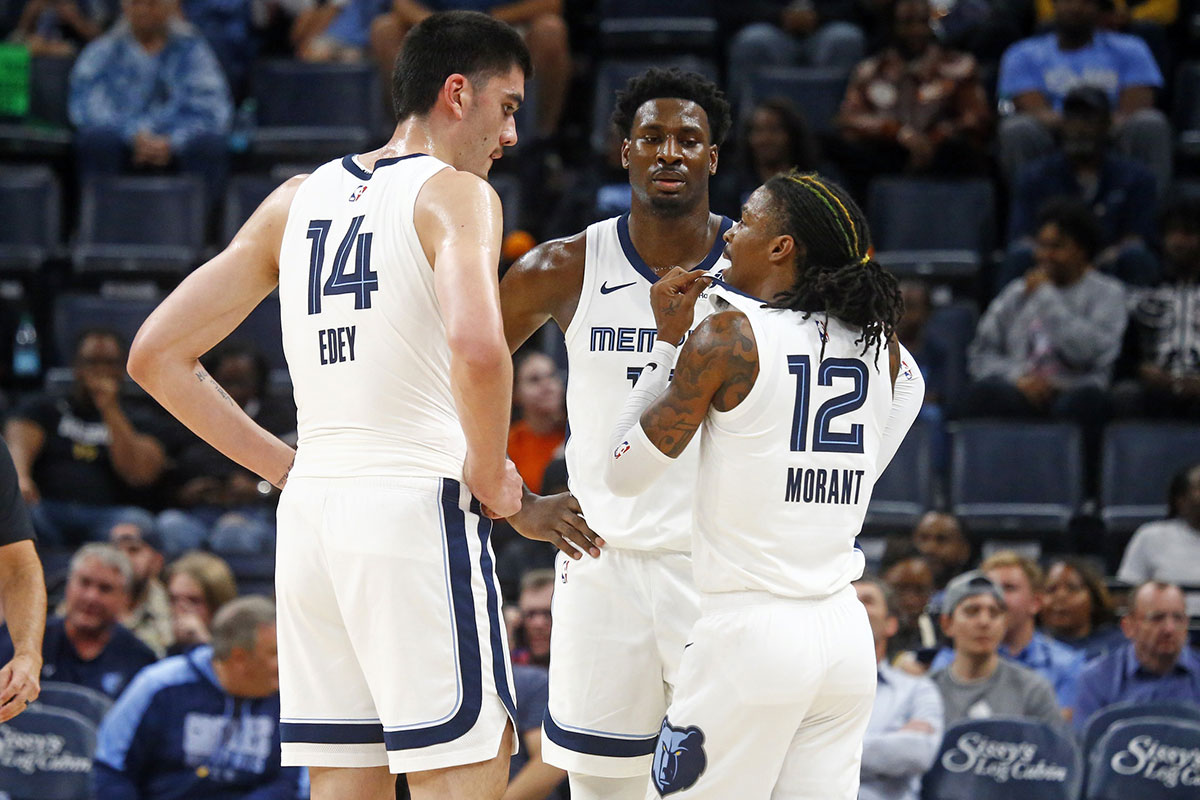
Having that confidence in a clear plan worked wonders, especially for the team's smaller guards. Scotty Pippen Jr.'s individual defense improved considerably. However, Iisalo's changes also limited the opponent's second-chance opportunities. The increased minutes for Edey and Aldama created a more imposing frontcourt presence that translated directly into better rebounding metrics.
- Opp. Second Chance Points
- Jenkins: 15.1
- Iisalo: 13.7
- Opp. Offensive Rebound %
- Jenkins: 30%
- Iisalo: 27.8%
- Opp. Paint Points
- Jenkins: 48.4
- Iisalo: 46.7
The 2.2-percentage point improvement in defensive rebounding rate might seem modest, but it represented a significant philosophical change. Iisalo emphasized boxing out and collective rebounding responsibility, with Morant, Bane, and Pippen Jr. showing increased engagement on the defensive glass over the final few weeks of the season.
Iisalo's lineups were slightly better when it came to making teams pay as well. Though overall team pace was down, the new-look Grizzlies let Ja Morant and Jaren Jackson Jr. pick their spots in transition. Pippen Jr. ran wild in the final two games against the Oklahoma City Thunder after all. This slight uptick in fast-break scoring under Iisalo demonstrated that defensive improvement and transition offense could coexist.
- Fast Break Points
- Jenkins: 16.6
- Iisalo: 17.7
Immediate statistical payoffs in the win column may have been muted, but a deeper dive into the defensive metrics shows Iisalo deserves credit for leaning into the team's strengths. The Grizzlies became a noticeably tougher team to score on in the heart of the defense; every guard found a way to use that platform to showcase their elite open-court abilities. The game plan was allowing Ja Morant to scare the Thunder in Game 3, before the All-Star joined Jaylen Wells on the injury report.
With this much evidence of success, expect Iisalo's Euro-styled, paint-packing ways to continue once Zach Edey returns. Until then, there is no reason the Grizzlies should not experiment with GG Jackson (6-foot-9) and Jock Landale (6-foot-11) in the role during training camp.



